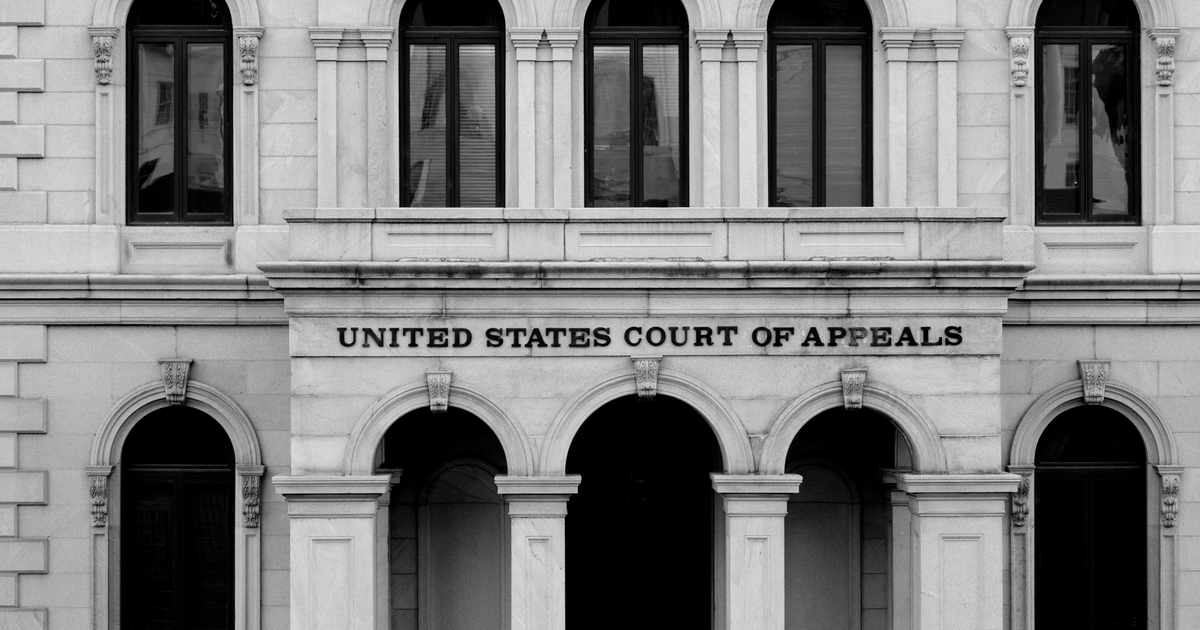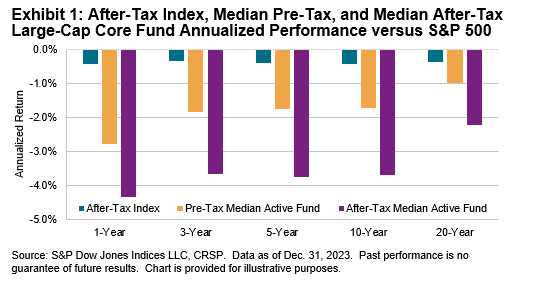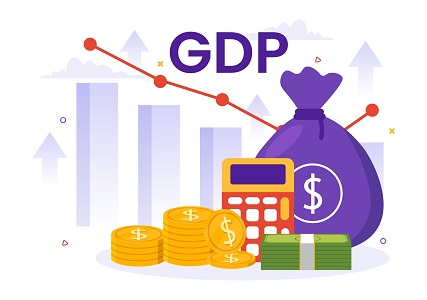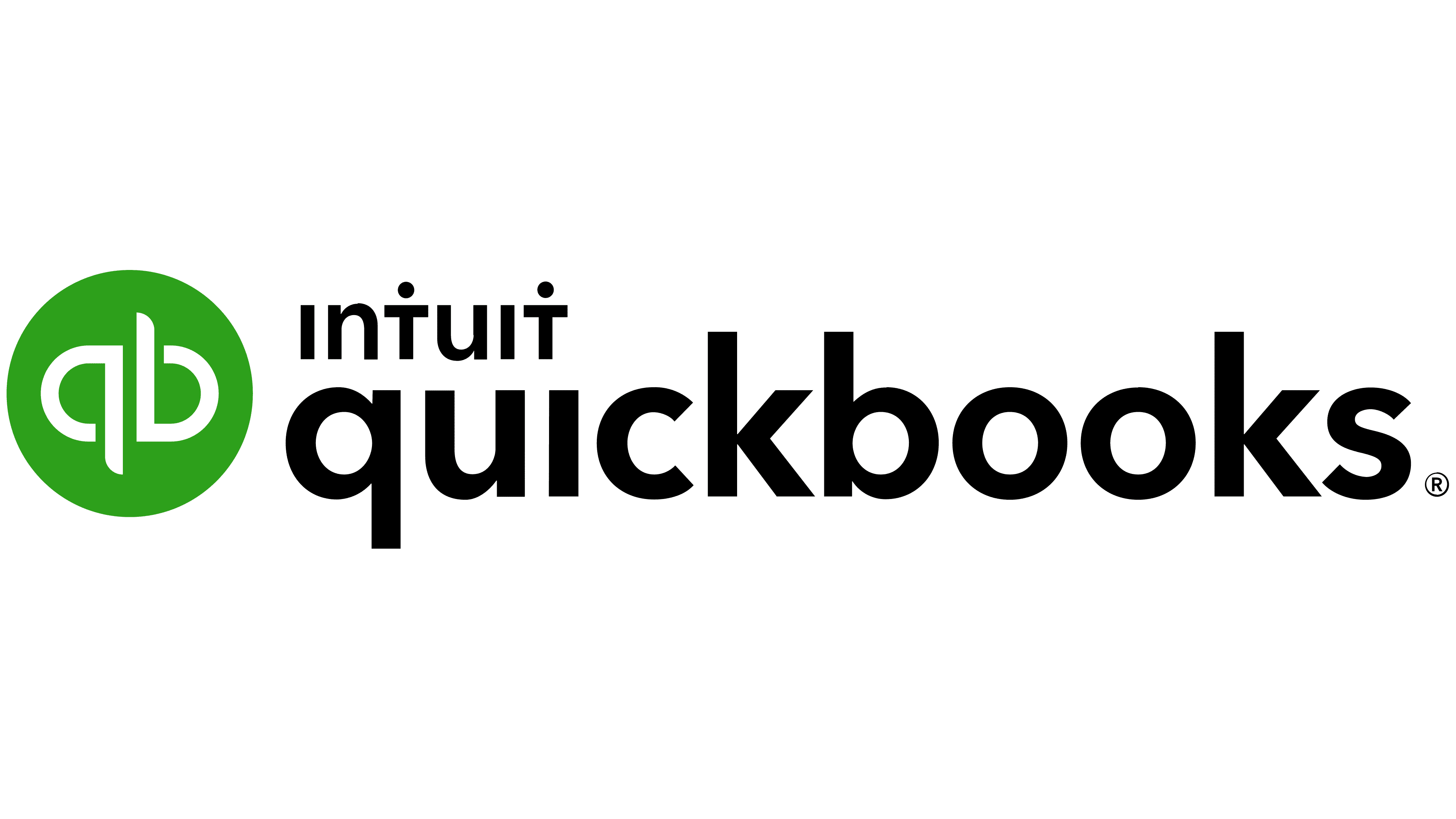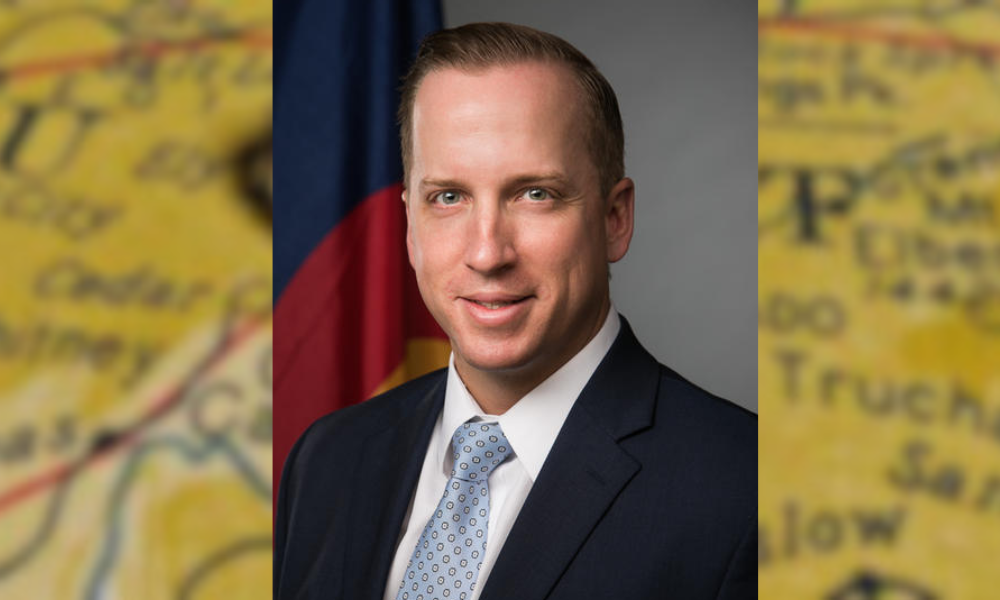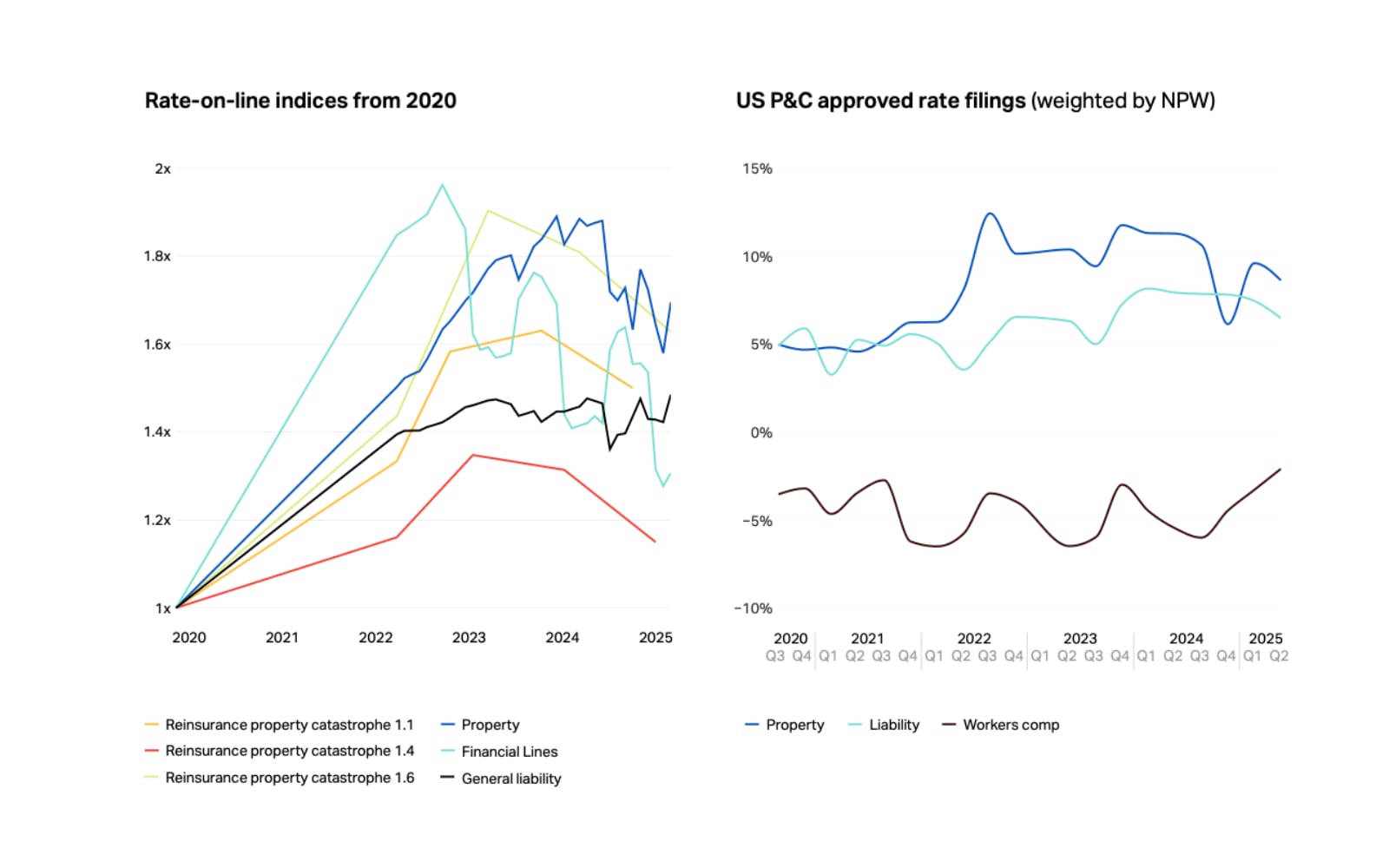Wells Fargo appears to be back in the crosshairs of federal regulators, with Bloomberg reporting this month that the bank is expected to be fined more than $1 billion by the Consumer Financial Protection Bureau to settle investigations into its business practices.
Details on these inquiries were not made available, and the CFPB and Wells Fargo declined to comment to NerdWallet. However, in a filing with the Securities and Exchange Commission made in late October, Wells Fargo said it’s in “resolution discussions” with the CFPB on investigations regarding automobile lending, consumer deposits and mortgage lending.
Wells Fargo and the CFPB
This is hardly the start of Wells Fargo’s run-ins with the CFPB and other federal regulators. The bank’s fake accounts scandal — in which Wells Fargo admitted in 2016 to creating millions of fraudulent accounts for customers without their consent — was followed by a string of CFPB reprimands and other federal actions.
According to the most recent Bloomberg account, the CFPB is pressuring Wells Fargo to pay more than $1 billion to settle several investigations into the bank’s “mistreatment of customers.” The report said an accord between the bureau and Wells Fargo “isn’t imminent.”
Wells Fargo, based in San Francisco, is the nation’s third-largest bank based on domestic assets, $1.69 trillion as of September 2022, according to the Federal Reserve.
In its third-quarter earnings, filed with the SEC in October, the bank reported $2 billion in operating losses due to “litigation, customer remediation, and regulatory matters primarily related to a variety of historical matters” in the quarter, Wells Fargo CEO Charles Scharf said on the company’s earnings call.
“
Every time the CFPB takes actions against the bank, all the other banks are watching to see what happens.
Jim Hawkins | professor of law, University of Houston Law Center
Those losses amounted to a 31% dip in quarterly net income year over year. In the third quarter, Wells Fargo reported $3.5 billion in net income, according to a filing with the SEC. That’s down from its net income of $5.1 billion in the third quarter of 2021, according to public filings.
Scharf, who became CEO in 2019, has been trying to put the bank’s regulatory woes in the rearview mirror. “We have much more work to do to satisfy our regulatory requirements, and we will likely have setbacks, but I’m confident in our ability to continue to close the remaining gaps over the next several years,” he said during the company’s first-quarter earnings call in April 2022.
The current action could affect even those who don’t bank with Wells Fargo, observers say. When action is taken against a bank of that size, it has ripple effects throughout the consumer finance industry, says Jim Hawkins, professor of law at the University of Houston Law Center.
“Every time the CFPB takes actions against the bank, all the other banks are watching to see what happens,” Hawkins says. “So it’s always a cost-benefit analysis for these banks, right? They’re trying to see how likely it is they’re going to get penalized and how much the penalty is going to be. … When they see a billion-dollar fine, they think, or their lawyers think, ‘Hey, we better keep track of what’s going on so that we don’t get this kind of fine as well.’”
What is the CFPB?
The Consumer Financial Protection Bureau was launched in 2011 as an independent agency within the Federal Reserve. Its goal: to supervise consumer financial institutions and enforce laws and regulations. Under the Obama administration, Congress created the CFPB as a response to the largely unchecked mortgage industry that led to the Great Recession in 2007 and 2008.
Previously, several agencies were tasked with monitoring and enforcing laws in the consumer financial marketplace. Creating the CFPB centralized those efforts. Its founding meant banks and financial institutions had a more dedicated watchdog keeping an eye on them, Hawkins says.
“Before the CFPB, all the federal regulators were focused on safety and soundness of the bank. Their primary job wasn’t consumer protection. The CFPB is unique because its singular focus is protecting consumers, whereas the FDIC [Federal Deposit Insurance Corp.] and the Federal Reserve are all trying to make sure that banks don’t go bust,” Hawkins says.
Fines and legal actions: Wells Fargo’s recent history
Wells Fargo’s entanglements with the CFPB began in September 2016, when the bank admitted that employees had created about 2.1 million fake accounts for existing customers without their consent between 2011 and 2015 to meet sky-high sales goals. Wells Fargo paid $185 million in fines and penalties in 2016.
Since then, the bank has admitted to or been caught engaging in more fraudulent or unethical activity.
-
March 2017: The bank reaches a $110 million settlement to compensate affected customers in its fake accounts scandal.
-
August 2017: Wells Fargo clarifies that it created as many as 3.5 million fraudulent bank accounts between 2009 and 2016.
-
February 2018: The Federal Reserve takes unprecedented action against Wells Fargo by setting an asset cap for the institution at $1.95 trillion in assets until it “sufficiently improves its governance and controls,” the Fed said in a statement. It was the first time the Fed imposed a cap on the entire assets of a financial institution. The Fed also forced the bank to remove three board members. As of Nov. 16, 2022, the bank was still under its asset cap.
-
April 2018: Wells Fargo is fined more than $1 billion for unethical conduct in its mortgage and auto loans businesses. The CFPB found that the bank overcharged consumers on mortgage interest rates and unfairly added insurance policies that tacked on additional costs to borrowers’ auto loans.
-
August 2018: Wells Fargo pays a $2.1 billion penalty for its role in the 2008 housing crisis. The Justice Department found that the bank lied to investors about the creditworthiness of the mortgage loans it sold them.
-
February 2020: The Justice Department and the SEC fine Wells Fargo $3 billion for its fake accounts scandal.
-
September 2021: Wells Fargo pays $72.6 million to settle Justice Department lawsuits after the agency found the bank overcharged hundreds of currency exchange customers. The bank would give customers “false explanations” about the erroneous fees it added to the cost to swap currencies.
In addition, a Bloomberg report in March 2022 found that Wells Fargo was the only major lender to reject more Black mortgage refinancing applications than it approved in the mortgage refinancing boom of 2020.




